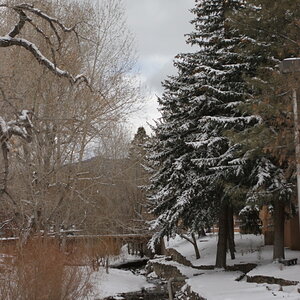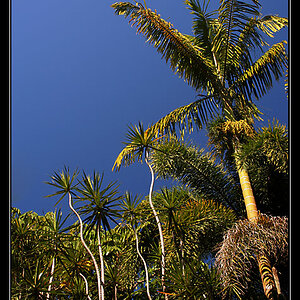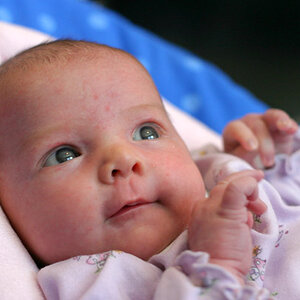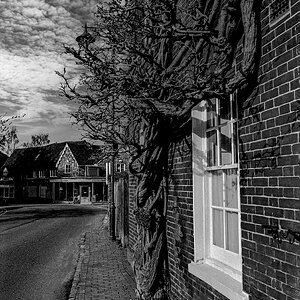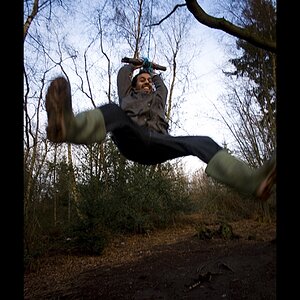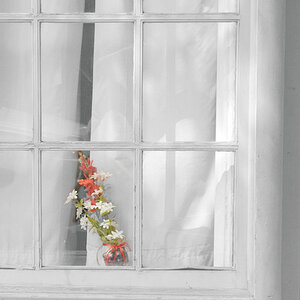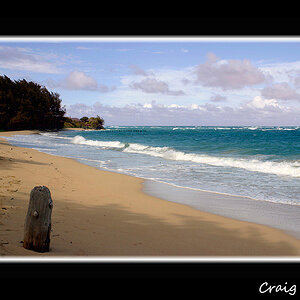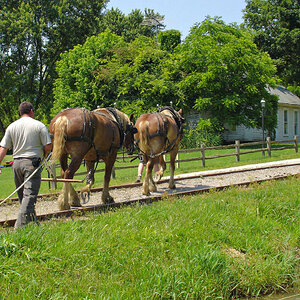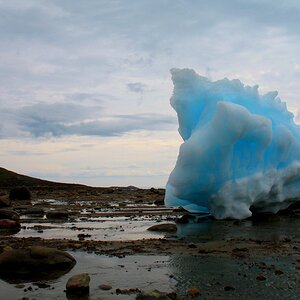fmw
No longer a newbie, moving up!
I sold my flash meter when I switched from film to digital. Being able to see an image right after exposure is better than having a suggested exposure. I do like having an incident meter in my bag for difficult metering situations. I have a handheld Gossen meter that does a great job both with incident and reflected readings. Most of the time the camera meter is more than adequate.





